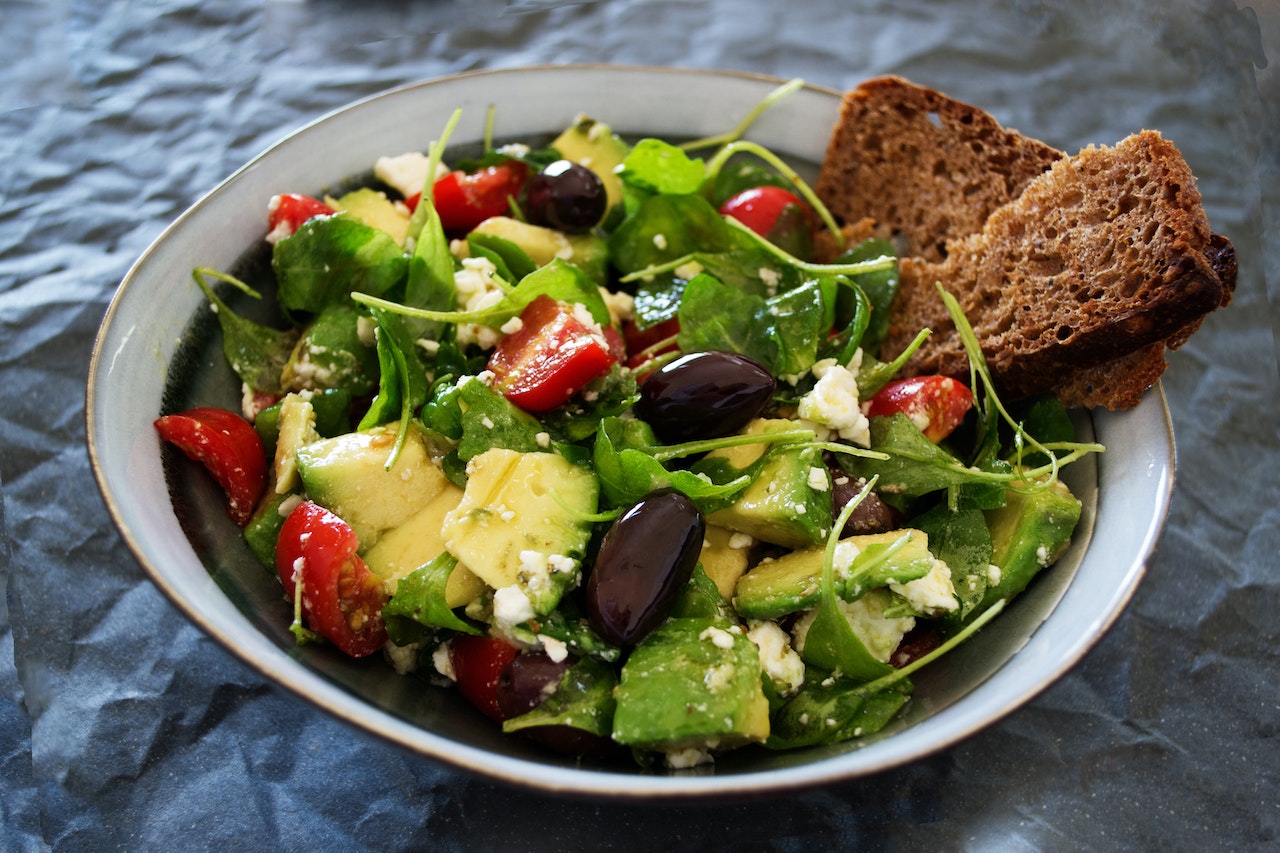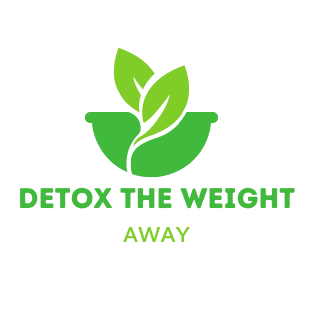As someone who is health-conscious, I know the importance of detoxing the body to get rid of toxins that may have accumulated over time. Detox diets have become increasingly popular among those who want to cleanse their bodies of harmful substances. However, not all detox diets are created equal and some can be quite restrictive. That’s where detox diet food comes in.
Detox diet food includes a variety of nutrient-dense fruits, vegetables, and whole grains that help to eliminate toxins. Some detox diets include fasting or severe calorie restriction, but I prefer to focus on nourishing my body with healthy foods that support its natural detoxification processes.
Examples of detox diet food include leafy greens like kale and spinach, cruciferous vegetables like broccoli and cauliflower, berries like blueberries and raspberries, and whole grains like quinoa and brown rice. By incorporating these foods into your diet regularly, you can support your body in its efforts to get rid of harmful toxins and improve overall health.
Top Detox Diet Foods to Try
As a health expert, I highly recommend incorporating these detox diet foods into your diet for a refreshing detoxifying experience. These foods are rich in nutrients and have the ability to eliminate toxins from your body, foster a healthy gut, and promote overall wellness.
1. Leafy Greens: Dark leafy greens such as kale, spinach, and collard greens are packed with antioxidants, fiber, and essential vitamins and minerals. These nutrients help in detoxifying your body by aiding digestion and reducing inflammation.
2. Berries: Berries such as blueberries, raspberries, and strawberries are known for their high antioxidant content. Antioxidants help in protecting your body against damage from toxins, and also facilitate detoxification.
3. Citrus Fruits: Lemons, limes, oranges, and grapefruits are excellent sources of vitamin C, which is a powerful antioxidant that helps in removing toxins from the body. Citrus fruits also contain flavonoids that support the detoxification process.
4. Cruciferous Vegetables: Vegetables such as broccoli, cauliflower, and cabbage contain glutathione, which is a powerful antioxidant that helps in eliminating toxins from the body. These vegetables also contain sulfur compounds that support liver detoxification.
5. Garlic: Garlic has sulfur compounds that stimulate liver enzymes that help in eliminating toxins from the body. It also promotes good gut health and boosts the immune system.
6. Green Tea: Green tea is rich in antioxidants called catechins, which have been shown to enhance detoxification processes in the body. It also contains theanine, an amino acid that helps in relaxing the mind and reducing stress.

Detox Diet Food
These detox diet foods are easy to find and can be easily incorporated into your diet. They are tasty, nutrient-rich, and help in promoting overall well-being. Remember to drink plenty of water and consult with your nutritionist or healthcare provider before starting any new diet plan.
When it comes to incorporating detox diet food into your meal plan, there are a few things to keep in mind. Here are some tips to help you get started:
1. Gradual changes: Don’t try to overhaul your entire diet in one day. Instead, aim to make small, gradual changes to your eating habits over time. This will help you avoid feeling overwhelmed and make it easier to stick to your new routine.
2. Focus on whole, nutrient-dense foods: Detox diet food should prioritize whole, minimally processed foods that are packed with nutrients. This might include fresh fruits and vegetables, lean protein sources, whole grains, and healthy fats.
3. Hydration is key: Staying hydrated is a crucial part of any detox plan, since water helps to flush toxins out of your body. Try incorporating plenty of water and herbal teas into your routine, and skip sugary drinks or excessive caffeine.
4. Variety is important: Eating a range of different fruits, veggies, and other detox diet foods is key to getting a variety of different nutrients. Try to eat the rainbow by incorporating produce of different colors into your meals.
5. Monitor your symptoms: As with any new dietary changes, it’s important to pay attention to how your body feels. If you experience any adverse symptoms, such as headaches, fatigue, or digestive upset, it may be a sign that you need to adjust your diet or work with a healthcare provider to develop a customized plan that works for you.

